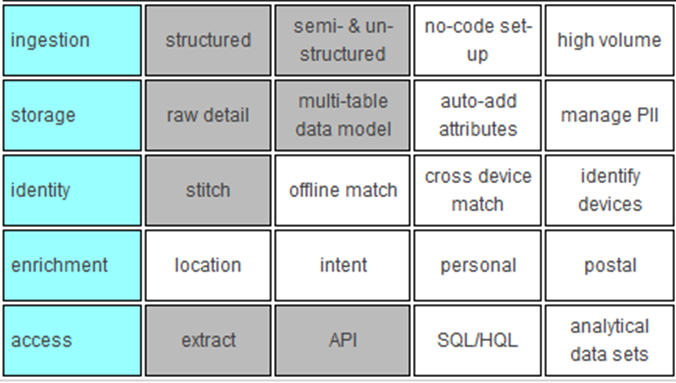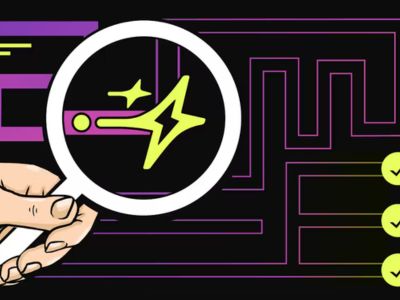If the Martech Stack Only Had a Brain…
November 27, 2017Today, we are in the Age of the Customer, an age that differs from its predecessors. The balance of power has officially shifted from the business’ hands into the customers’, with customers increasingly empowered by the amount of information they have access to. Gone are the days of the Age of Manufacturing, where industrial powerhouses ruled; the Age of Distribution, when globally connected supply chains had the power, or the Age of Information, where connected PCs dominated. Today, understanding the customer and anticipating their needs is the way that brands must succeed to remain relevant.
During the Age of Information, the real accrual of customer data started to explode with the availability of first-party data, third-party data and transactional data. Thanks to connected devices and social media, we have seen this explosion in data magnify as we transition into the Age of the Customer.
Data are the breadcrumbs that customers leave behind for brands to learn how to better understand and anticipate their needs. While data itself is invaluable, it’s actually the customer insights that are buried within the data that are the most powerful. As customers interact with your brand, analysis is needed to unearth insights. From there, acting upon those insights is needed to reap any value.
Today, we have so many marketing and customer engagement tools and technologies, and a plethora of customer data. But, what is missing is the “brain.” It’s the central nervous system that talks to all the tools in the martech stack – the critical component that knows what to do and when to do it.
The brain has three central components: data, intelligence and orchestration.
It should know what to do for each customer based on all the data, and have the ability to coordinate across every engagement channel. When you “plug” the brain into your marketing stack, a lot of the guesswork of segments is removed. And, efficiency is increased as you truly target each customer on the individual-level.
So, how does the brain work? First, all available data about your customers and prospects are brought together in order to unlock silos. This comes from internal first-party data sources (CRM, web, customer service), as well as external data sources (second-party partnerships and third-party data providers). This then leads to a holistic, dynamic and living individual profile, or Customer DNA, for each and every customer. But, this isn’t simply all the data aggregated in one place; intelligence is added to that data. The brain needs to be smart enough to know, for each individual, what all that data means for them. Through metrics and propensities, the brain can tell you what each customer wants – how and when they want it.
Once we have the Customer DNA, the final piece is using that DNA to drive customer engagement. This is, of course, achieved through the various tools and technologies typically available in the martech environment. But, how do these tools talk to each other? How do they coordinate? That is where, once again, the brain comes into play.
The brain aggregates the data, has the intelligence to know what all that data means for each individual, and can orchestrate the engagement channels. Thanks to the brain, each customer can have the most seamless, relevant and personalized experiences with your brand.
For further interest:


